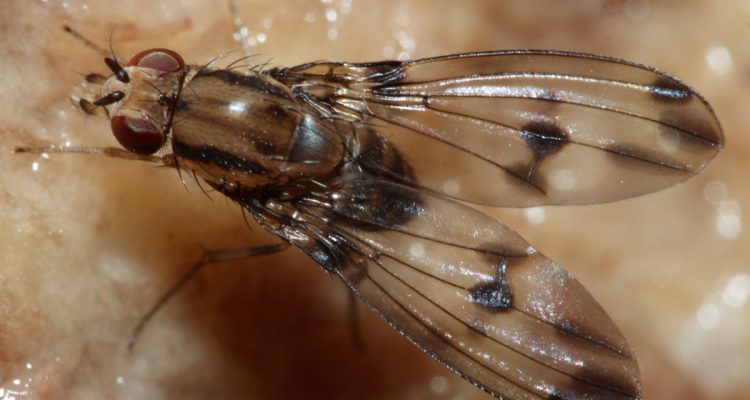
Drosophila digressa
Drosophila digressa NatureServe Explorer Species Reports — NatureServe Explorer is a source for authoritative conservation information on more than 50,000 plants, animals and ecological communtities of the U.S and Canada. NatureServe Explorer provides in-depth information on rare and endangered species, but includes common plants and animals too. NatureServe Explorer is a product of NatureServe in collaboration with the Natural Heritage Network.
FWS Digital Media Library — The U.S. Fish and Wildlife Service’s National Digital Library is a searchable collection of selected images, historical artifacts, audio clips, publications, and video. Evidence from phylogenetic studies suggests these genera arose from within the genus Drosophila: Liodrosophila Duda, 1922 Mycodrosophila Oldenburg, 1914 Samoaia Malloch, 1934 Scaptomyza Hardy, 1849 Zaprionus Coquillett, 1901 Zygothrica Wiedemann, 1830 Hirtodrosophila Duda, 1923 (position uncertain) The courtship behavior of Drosophila melanogaster has also been assessed for sex-related genes, which have been implicated in courtship behavior in both the male and female. Recent experiments explore the role of fruitless ( fru) and doublesex ( dsx ), a group of sex-behaviour linked genes. This research is currently being explored.Drosophila species are found all around the world, with more species in the tropical regions. Drosophila made their way to the Hawaiian Islands and radiated into over 800 species. They can be found in deserts, tropical rainforest, cities, swamps, and alpine zones.
| Status | Date Listed | Lead Region | Where Listed |
|---|---|---|---|
| Endangered | 11/29/2013 | Pacific Region (Region 1) | Wherever found |












